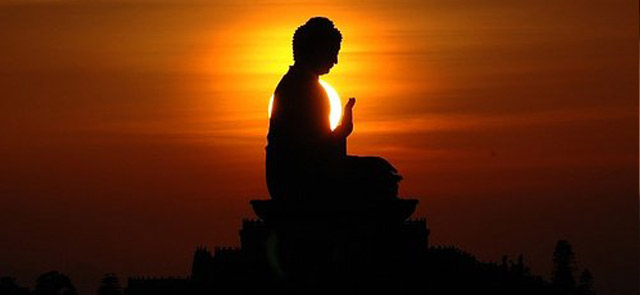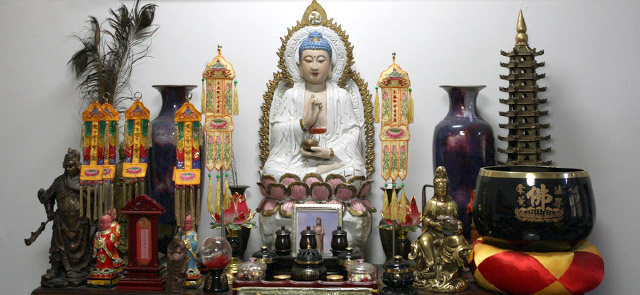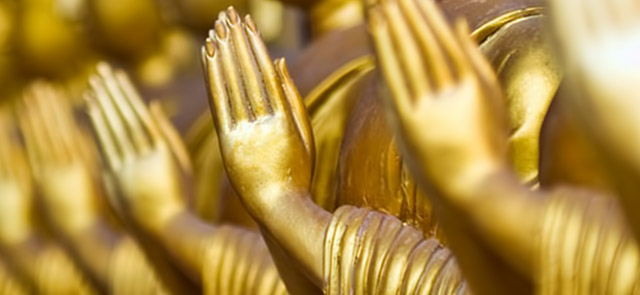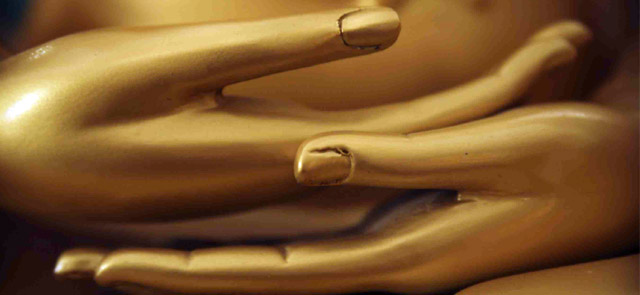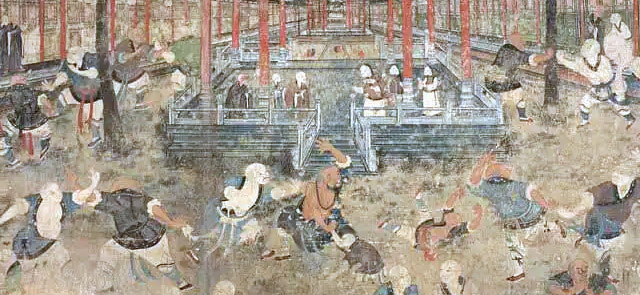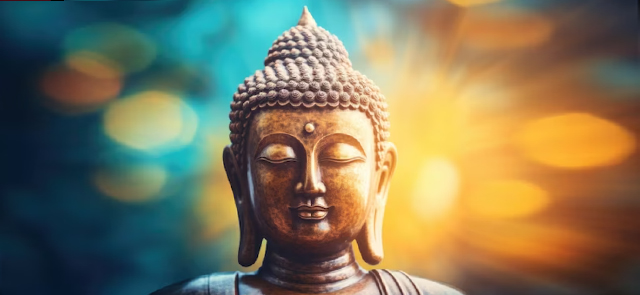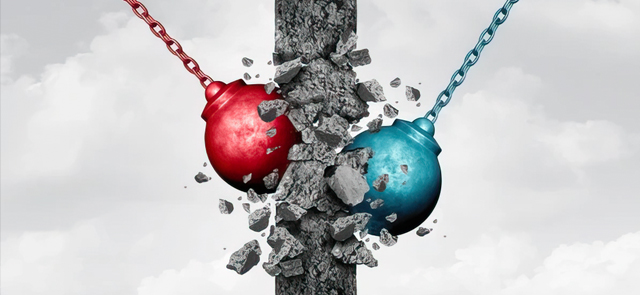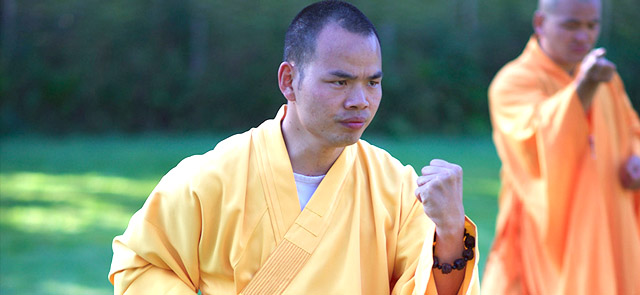The Buddhist monastic community, the Sangha, was created by the Buddha for those people who wanted to fully dedicate their lives toward the realization of enlightenment. The Shaolin monastic community, Shaolin Sangha, was created by the Bodhidharma for his disciples who are fully dedicated their lives toward the realization of the Dharma.
The monastic lifestyle enables one to leave behind the worries and entanglements of lay life and focus almost all of one's time and energy on the goal of liberation. It also offers the opportunity to live in solitude, an important factor for the development of deep states of meditation and wisdom. The Buddha also instituted a detailed and refined code of conduct and discipline to aid monastics in their cultivation of virtue.
Between Buddhist monastics and Buddhist lay people, there is a relationship of inter-dependence. The Sangha relies on the lay Buddhists for their material needs, and in return the monks and nuns provide the lay community with spiritual guidance and moral support. As long as the Sangha continues to practice in accordance with the code of monastic discipline and strives for the attainment of enlightenment, Buddhism will be a strong and vibrant religion.
In recent years there has been a lot of public interest in the Buddhist teachings and in the Shaolin Martial Arts. This interest has fueled an ongoing debate in Western Buddhist circles about the most skilful ways to integrate these originally Asian teachings into the very different cultures of Europe and America. In Buddhist countries, the religion has always been structured around a solid core of monasticism.
Many have questioned the relevance of this Shaolin institutionalized form of practice. These critics claim that the Buddhist monastic order preserves a patriarchal hierarchy incompatible with the values of democracy and gender equality. Underlying these objections may be a more basic perception of the incompatibility of an ancient institution with a modern civilization.
Western culture is based on the idea of progress and innovation, whereas Buddhist monasticism is deeply conservative, preserving rules and modes of dress and life from two and a half millennia ago. Western culture is materialistic and hedonistic, whereas Buddhist monastic practice is centered on renunciation, celibacy and sense restraint. The simple existence of a monastic lifestyle serves the greater society immeasurably, as an example and perhaps as an admonition. It serves as living proof that it is possible to live a humane life based on contentment and compassion. There are alternatives to greed and violence.
The heart of Sangha
The monastery is the heart of the Sangha. The monastery is actually like a cross between a Temple, commune, and community centre. It's not just a place where nuns and monks live; it's everybody's place. Forest monasteries like Shaolin Temple, place an emphasis on meditation and tend to be outside of villages and a little further away. Those that are extremely popular will try to sustain a bit more quiet, with visiting hours at such and such a time. There might not be anyone to receive you. At its heart, a monastery is sustained as a spiritual sanctuary.
What creates a monastery is that everyone who comes through the gate undertakes to live by a certain standard, to conduct themselves in a certain way in terms of honesty, non-violence, modesty, restraint, and sobriety. It's an environment that maximizes the supportive conditions for helping you to cultivate kindness, wisdom, concentration-the whole range of wholesome spiritual qualities.
Monastic life vs. real life
So if this is a Buddhist monastic life, then what is real life? People often think real life means all that simple pleasures of everyday life. But couldn't you also say a real life means simply having a body and mind? Or a personality, a feeling of identity?
Seeing Shaolin monks or nuns on lotus sitting in robes, statue-like and serene-it is easy to think, "They are not like me: they haven't got profane thoughts going through their minds like me; they haven't got worries and anxieties, thoughts about the past and future all the time like me."
This point of view is totally wrong. The monastery gate does not create any radical alteration of human nature as you pass through it. Come live in the monastery for one week, and then ask yourself where real life is. From the Buddhist point of view, life is happening at the level of the senses, where sense consciousness impacts sights, sounds, smell, taste, touch, body, perceptions, feelings, ideas, and emotions.
That's where monks and nuns of Shaolin experience life. Whether they are inside the monastery gate or outside it, the impact is the same. When you enter the monastery gate, all your struggles and your desires don't suddenly get switched off. In the Shaolin Temple, we learn to deal with the body, with pain. Living communally, we learn a lot about forgiveness, commitment, honesty, patience. We learn how to deal with anger, jealousy, fearfulness, selfishness. If you can't deal with them, you don't survive. The effort within the monastic life is to know life as you experience it, as you feel it in a complete and deep way.
What the monastery provides in the world is a reminder that everything is okay, that we can live with whatever is happening. For those who live outside the monastic sphere, our effort is to provide an alternative to the drivenness of the world.
There's many a shaven head surrounding a hairy mind.
Master Shi Yan Zhuo
